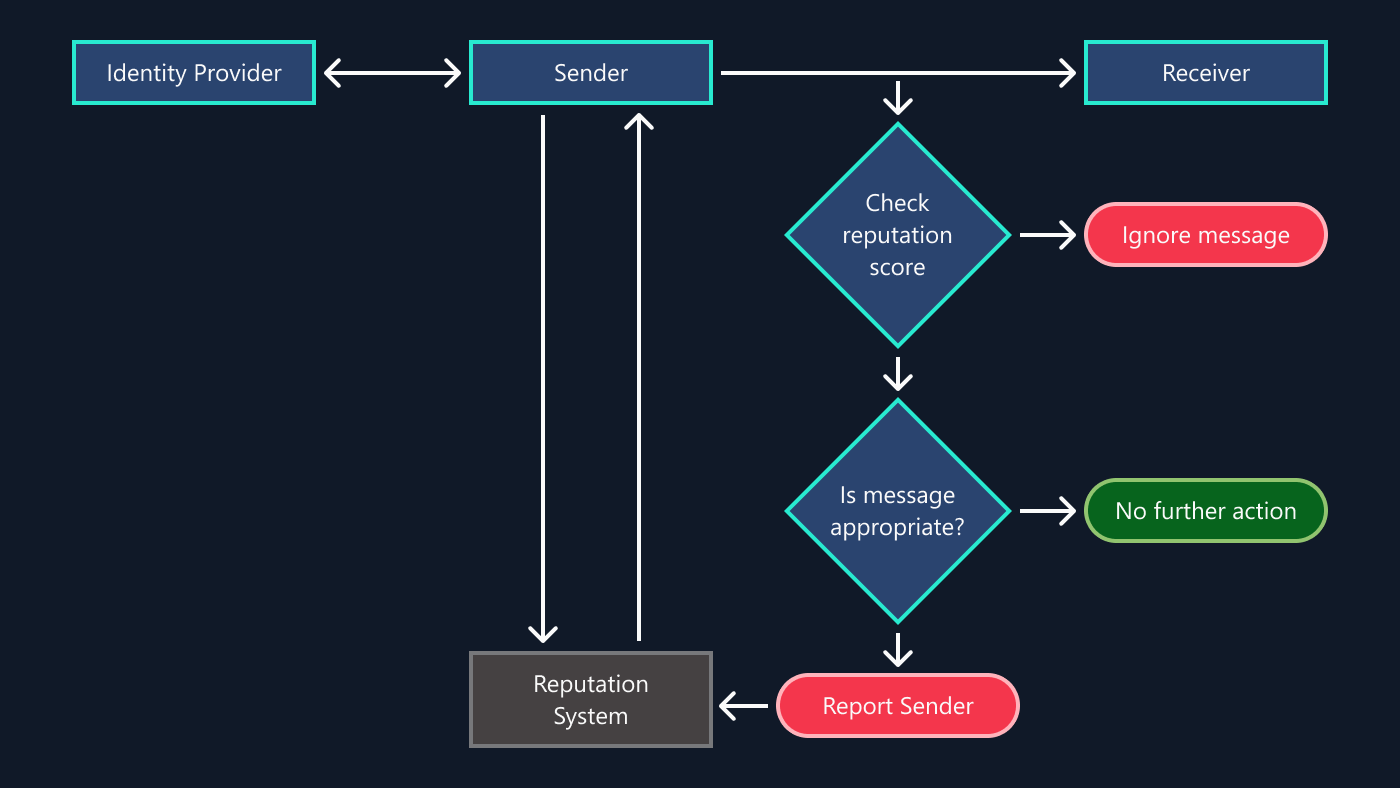By Suzanne Ross
Remember when you brought your favorite toy, household object or bug and shared it with the class on Show and Tell day? Most kids were excited about sharing anything and everything with anyone. But then we grew up and started being selective about who would share our toys.
In the workplace, and at home, the computer has given us a great opportunity for collaboration and sharing. But who should we share our stuff with? Everyone? A select few? Our workplaces change so rapidly that someone we denied access to a few days ago could suddenly become a partner.
Spotlight: Event Series
Jonathan Grudin and Eric Horvitz, collaborating with Judy Olson from the University of Michigan, have been exploring the relationship between the types of information people share and the categories of people with whom they are willing to share.
“One of the major benefits we get from computer technology is the ability to share. On the other hand, there are security and privacy issues to consider. In trying to balance those, there can be the tendency to lock things down. This makes it harder to collaborate,” said Grudin.
The team began their research by conducting user studies. “Each person worked for a company with 10 or more people. We gave them a matrix that listed types of information and types of people. We asked them to show us the type of information they would be willing to share with certain people. We also asked them to fill out a 9 question survey that was designed to see what their ‘suspiciousness towards the world’ quotient was. Then we had them step through two scenarios to get their reactions to two types of access control.
“We were looking for patterns in how people shared information. We found that some people were very open and willing to share lots of stuff, and that there were some things that nobody would share. We found patterns in sharing related to objects and people, and also big individual differences and comfort levels.
“There are three major clusters of people you are willing to share with – people at work, people at home and people ‘out there’ – like external salespeople and people on the Web. Within the workplace, the person treated unlike anyone else is your manager. There’s more sharing with managers, which does make sense. In the home, which includes friends and family, there’s more sharing with your spouse,” said Grudin. They also explored subtler patterns, such as willingness to share more information with people you will meet with later in the week. They looked for relationships between people’s overall “suspiciousness towards the world” and specific preferences for sharing different types of information.
They found that there is a need to have flexible ways to share information that can accommodate individual differences between people’s comfort level with sharing.
Though the team looked at sharing across clusters, they focused slightly more on workplace sharing, as that’s where there’s a major need.
Usually, when a document is first created, you lock it down to everyone, open it up to everyone, or let particular people see the document. The drawback to this approach to sharing is that it doesn’t take into account changing conditions. The document, though it may have been confidential at its inception, may be declassified six months later. On the other hand, a document without any access control could suddenly receive star status and need to be locked down to a particular group.
The team explored several approaches to addressing users’ changing privacy needs. One of the ideas is to allow users to set up access control in the beginning, locking the document to ‘outsiders.’ However, this up-front limitation can be combined with a method for those locked out to request permission to view the document.
If someone wanted to view a document that was locked down, they could click on it and open a dialog with the author. The author would see a small viewing pane on their computer display that offered some options – 1) Grant permission 2) Deny permission or 3) Open an Instant Message session with the requestor. This would give the author a chance to review her permission policy on the document, as it may have changed. It would also alert her to the fact that this particular person wants to see the document, and allow her to have a conversation with him about how appropriate that was. It would serve as a reminder to the author that she had locked this document, and might now want to take off all access control.
“Our goal is to give people an initial privacy and sharing framework or default, and then let them edit that and easily modify it as their needs change. We’re still working on how to pursue these details, it will take more research,” said Grudin.





